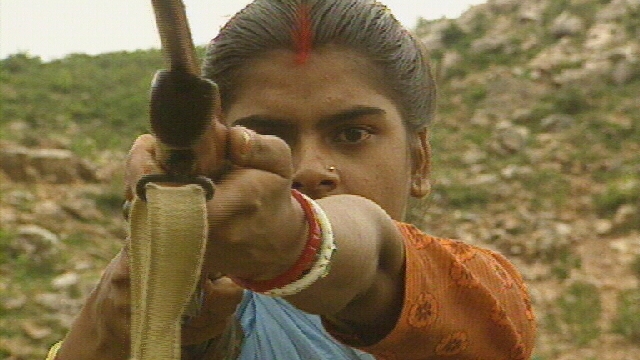Caste Wars
The Destructive Consequences of India's Caste System
 India's caste system has caused societal injustice for years, and its influence still scars the country today.
India's caste system has caused societal injustice for years, and its influence still scars the country today.
A woman in a brightly coloured sari crawls through a field of goats and cows with her gun at the ready. She is from India's poorest caste - the 'untouchables', or as they call themselves the Dalits - who have long been at the bottom of the country's historic caste system. "Untouchables can't even share a meal with the higher castes, and are forced to have separate wells like this for fear of polluting the water of the higher castes. While many of the taboos are now disappearing what's still firmly in place is a strict feudal system with the untouchables as serfs and the upper castes as landlords.", reporter Gordon Taylor tells us. Yet the Dalits are fighting back. Young Dalit women are learning to kill. They are gaining self-respect and, most importantly, protection in a world in which Dalit women are regularly beaten and raped by men from other castes. Yet it is not only the lower castes who are taking a stand; higher castes are arming their people and training their young after repeated attacks, and high caste students protest government plans to increase lower caste representation through positive discrimination. As India's ruling party faces crucial state polls, the country's battle lines are being drawn not only by religion but caste. Politicians can no longer afford to ignore the lower caste majority. ABC Australia reports on this split, speaking to the Dalits and their female army, leaders of upper caste communities, politicians, and Rajmohan Gandhi, grandson of Mahatma Gandhi, in an exploration of India's fractured society.
FULL SYNOPSIS
Produced by ABC Australia

